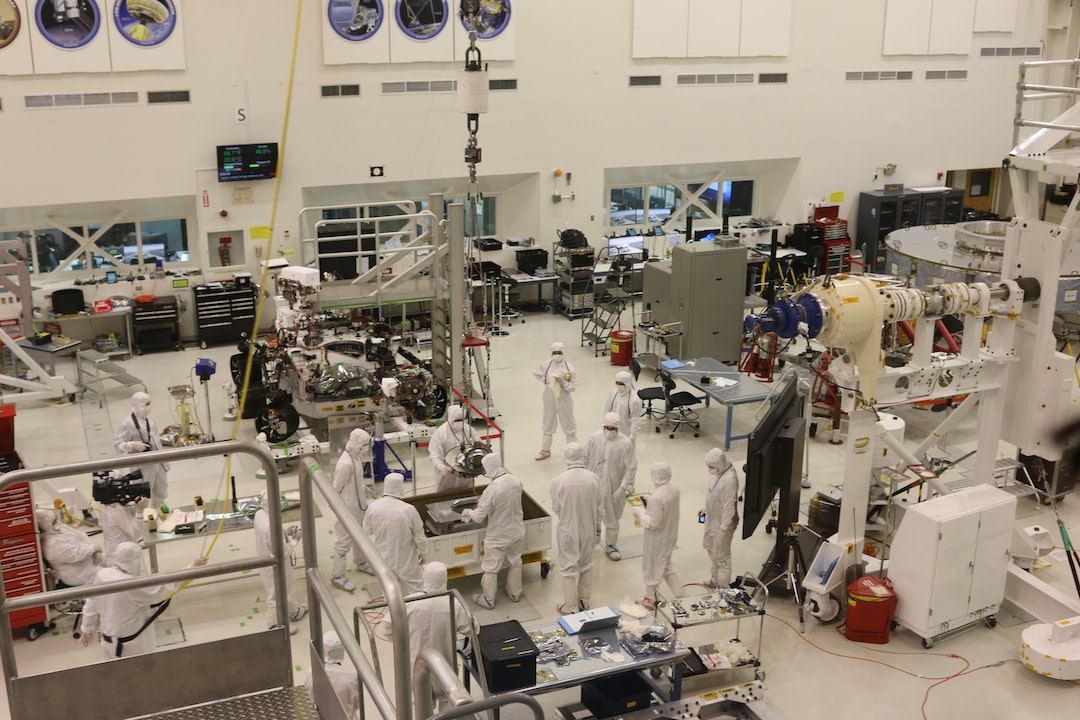The Evolution of 3D Printing in the Manufacturing Sector
Over the past few decades, 3D printing technology has revolutionized the manufacturing sector. Also known as additive manufacturing, this process allows the creation of three-dimensional objects by adding material layer by layer. The evolution and advancements in 3D printing have opened new doors for manufacturers, enabling them to design and produce products more efficiently, cost-effectively, and with greater customization than ever before. In this blog post, we will explore the journey of 3D printing in the manufacturing sector and its potential future impact.
The concept of 3D printing began in the 1980s when Charles Hull invented stereolithography, the first technique for creating 3D objects using a layer-by-layer approach. However, it was limited to producing small and relatively simple prototypes due to the lack of advanced materials and technologies. It wasn’t until the early 2000s that 3D printing started to gain traction in the manufacturing industry.
As technology advanced, so did the capabilities of 3D printers. The introduction of new materials, such as metal alloys and bio-compatible substances, expanded their applications beyond prototypes to end-use parts and products. This shift opened doors for various industries, including aerospace, healthcare, automotive, and consumer goods.
One of the key benefits of 3D printing is its ability to reduce production time and costs. Traditional manufacturing methods often involve multiple steps, including molding, casting, and machining, which can be time-consuming and expensive. With 3D printing, manufacturers can eliminate many of these steps by directly producing the final product from a digital design. This eliminates the need for tooling, reduces material wastage, and speeds up the production process.
Moreover, 3D printing enables greater design freedom and customization. Manufacturers can create complex geometries and intricate structures that were previously impossible or expensive to produce. This has led to the development of lightweight and strong components that improve the performance and efficiency of various products. For example, the aerospace industry has embraced 3D printing to manufacture lighter aircraft parts, resulting in fuel savings and increased sustainability.
In addition to design flexibility, 3D printing offers manufacturers the ability to produce on-demand and in small quantities. Traditional manufacturing typically requires large production runs to be cost-effective. However, 3D printing enables the production of unique or customized products without incurring significant upfront costs. This means that manufacturers can cater to specific customer needs and preferences, boosting customer satisfaction and market competitiveness.
As the technology continues to evolve, several trends are emerging in the 3D printing industry. Firstly, there is a focus on improving the speed of printing without compromising quality. This will have a significant impact on large-scale manufacturing, enabling faster production and delivery times.
Secondly, there is an increasing emphasis on sustainable materials and processes. Many companies are exploring bio-based materials and environmentally friendly alternatives to reduce the carbon footprint of 3D printing. This aligns with the growing global awareness of sustainable practices and the need to minimize waste.
Furthermore, the integration of 3D printing with other advanced technologies, such as artificial intelligence and robotics, is another area of interest. This integration can enhance the automation and efficiency of manufacturing processes, leading to improved productivity and reduced human intervention.
In conclusion, the evolution of 3D printing has transformed the manufacturing sector, enabling quicker, cost-effective, and customized production. From the early days of prototyping to the current era of end-use parts, 3D printing has revolutionized the way products are designed and manufactured. With ongoing advancements, it is expected to play an even more significant role in the future, reshaping supply chains and opening doors to new possibilities. As this technology continues to evolve, manufacturers must stay updated and embrace the potential of 3D printing to stay competitive in the ever-changing market.

